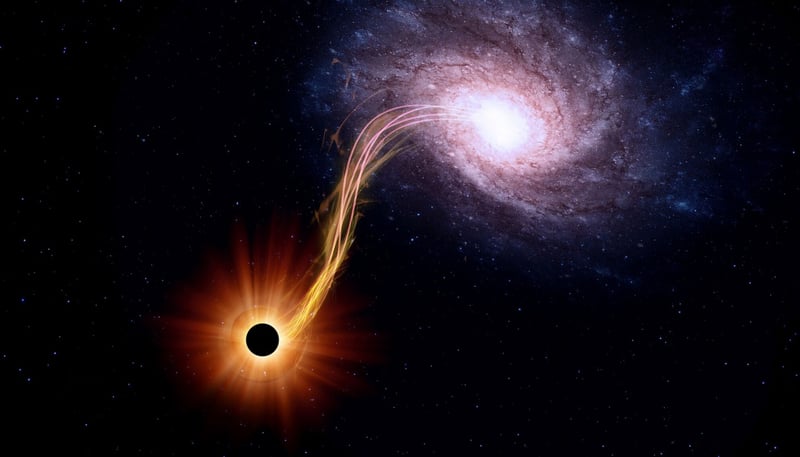Supernovae
The Fascinating World of Stellar Wonders and Supernovae
Stargazing has captivated humanity for centuries, offering a glimpse into the vastness and beauty of the cosmos. Among the most captivating celestial events are supernovae, the explosive deaths of massive stars that shine brightly for a brief moment before fading away.
What are Supernovae?
Supernovae are powerful and luminous stellar explosions that occur during the final stages of a star's life cycle. These events can briefly outshine entire galaxies and release an immense amount of energy and matter into space. There are two primary types of supernovae: Type I and Type II, each caused by different processes.
The Stellar Lifecycle
Stars, like our Sun, undergo a series of transformations throughout their existence. They are born from clouds of gas and dust, enter a phase of stable fusion where they shine brightly, and eventually exhaust their nuclear fuel. Massive stars, several times larger than the Sun, end their lives in spectacular supernova explosions.
Supernova Remnants
After a supernova event, a beautiful and intricate structure known as a supernova remnant is left behind. These remnants consist of expanding shockwaves and glowing debris from the exploded star, often visible as colorful clouds of gas in the night sky.
Observing Supernovae
Amateur and professional astronomers actively monitor the night sky for signs of new supernovae. With modern telescopes and technology, these cosmic explosions can be studied in great detail, providing valuable insights into the physics of extreme events in the universe.
Conclusion
Stellar wonders like supernovae remind us of the dynamic and ever-changing nature of the cosmos. By exploring these celestial phenomena, we gain a deeper understanding of the universe and our place within it.

Explore the beauty and mystery of the universe by observing stellar wonders like supernovae, and let the brilliance of these cosmic events inspire awe and curiosity.
